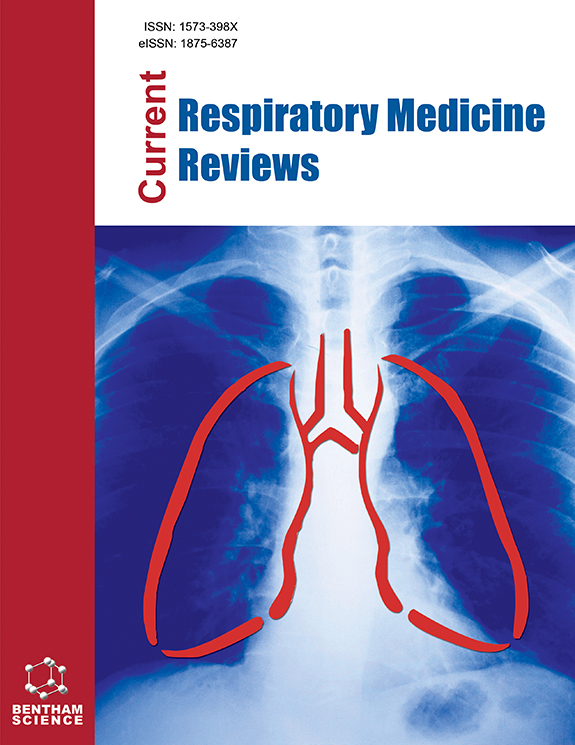Submission Tilte
Chronic Obstructive Pulmonary Disease (COPD) From Childhood to Adulthood: From The Past To The Future
Submission Abstract:
Chronic obstructive pulmonary disease (COPD) is one of the three leading causes of death worldwide, with a major prevalence in low- and middle-income countries, resulting in a high social and economic cost. It is a heterogeneous respiratory disease, treatable and preventable, that causes persistent and often progressive airway obstruction in adults. Cigarette smoking constitutes one of the main risk factors for this disease, and exposure during pregnancy constitutes a risk for an altered lung development of the fetus in utero. Moreover, some genetic factors, such as the mutations in SERPINA-1, have been associated with a higher risk of COPD development. The diagnostic and therapeutic management of COPD has significantly changed over the last 20 years, and prevention and early diagnosis have begun essential strategies for the reduction of the impact of this disease worldwide. GOLD has recently proposed different terms to identify COPD in its early stages, such as early-COPD, pre-COPD, and PRISm (preserved ratio with impaired spirometry), which aim to identify the patient at risk of developing this chronic airflow obstruction. However, despite the attractiveness of these concepts, none have been taken up universally by the medical community. Lung function investigation is fundamental in the childhood to early identify lung function decline trajectories that can predict the development of COPD in adulthood. COPD is no longer an exclusive pathology in adults, and many studies suggest that the modification of the airway can start during childhood, permitting the definition of a new phenotype of “pediatric COPD”. Notably, some “childhood risk factors”, such as prematurity, low birth weight, smoking exposure during pregnancy, recurrent respiratory infections, and poor nutrition, can accelerate the decline in FEV1 and increase the risk of abnormal lung growth. This evidence highlights the need for close interaction among pediatric pulmonologists and adult respiratory physicians in managing and preventing this condition, especially during the transition from pediatric to adult care. The medical literature on COPD is extensive, but many aspects must be defined and understood.
This Special Issue aims to provide an updated literature review covering the early-life factors and the precursor conditions of COPD, opening new perspectives for its prevention, early diagnosis, and prompt therapeutic management.
Scientific research plays a central role in improving the healthcare system, permitting expanding knowledge and creating new prevention, diagnosis, and treatment strategies. Furthermore, it allows physicians to contribute to science by reporting their experiences in their daily lives (such as case reports/case series or cohort studies) and comparing this data with previous literature. A literature review in line with the described clinical cases can improve our level of knowledge in this field. Our Special Issue is open to all researchers/physicians who would improve our knowledge on this issue. In particular, we would like to invite young researchers to share their opinions, under the supervision of a senior physician, to guarantee the quality of the literature review.




